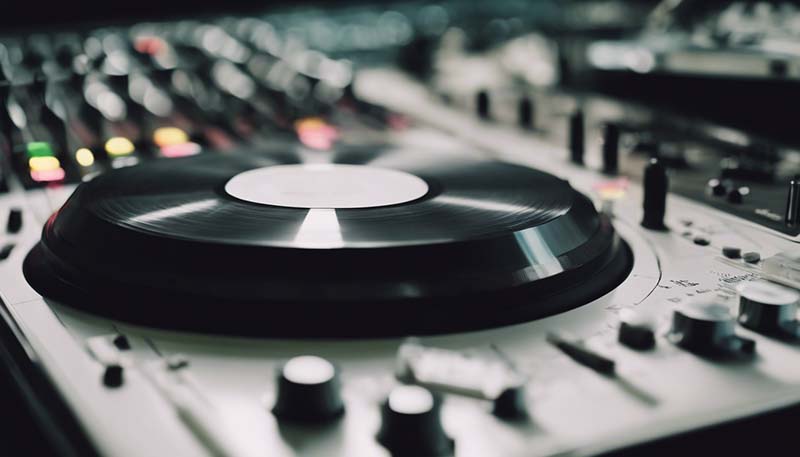The Art of Sampling in Modern Music
The Art of Sampling in Modern Music
Sampling, the process of reusing a portion or a snippet of a sound recording in a new piece of music, has become an integral part of modern music production. This article explores the history, techniques, and legal considerations of sampling, as well as its impact on the music industry and the evolution of various genres.
Introduction
Sampling has its roots in the advent of digital audio workstations (DAWs) and the rise of hip-hop culture in the late 1970s and early 1980s. As technology advanced, it became easier for musicians to manipulate and incorporate samples into their compositions, leading to a new wave of creativity and innovation in music production.
History of Sampling
The Birth of Sampling
The first instances of sampling in music can be traced back to the use of tape loops and vinyl records by experimental musicians in the 1960s. However, it wasn't until the introduction of the AKAI MPC (Music Production Center) in the late 1980s that sampling became a widespread practice in music production.
Hip-Hop and the Rise of Sampling
Hip-hop, with its focus on rhythm and the art of the DJ, was a natural breeding ground for sampling. Early hip-hop producers like DJ Shadow and Public Enemy used samples to create dense, layered soundscapes that defined the genre's sound.
Advertisement
Sampling in Other Genres
Sampling has since spread to various music genres, from electronic and dance music to rock and pop. Artists like The Avalanches, Beck, and Gorillaz have pushed the boundaries of what is possible with sampling, creating intricate and innovative compositions that challenge traditional notions of music creation.
Techniques of Sampling
Chopping and Pitching
One of the most common techniques in sampling is chopping, which involves cutting a sample into smaller pieces and rearranging them to create a new rhythm or melody. Pitching, or altering the pitch of a sample, is another popular method, allowing producers to create unique textures and harmonies.
Layering and Manipulation
Layering involves combining multiple samples to create a richer, more complex sound. This can be done by blending different instruments, vocal samples, or even entire sections of songs. Manipulation techniques, such as time-stretching, reversing, and filtering, can further enhance a sample and give it a new character.
Live Sampling and Performance
Live sampling, where samples are triggered and manipulated in real-time during a performance, adds an element of spontaneity and interaction to the music. This technique has been embraced by electronic musicians and DJs, who often use hardware samplers or software to create dynamic, evolving sets.
Legal Considerations
Sampling raises a number of legal issues, primarily related to copyright law. Using a sample without permission can result in legal action from the copyright holder. However, many artists and producers have successfully negotiated clearance and licensing agreements, allowing them to use samples in their work.
Fair Use and Creative Commons
The concept of fair use, which allows for limited use of copyrighted material without permission for purposes such as criticism, commentary, and education, has been a topic of debate in the sampling community. Additionally, the rise of Creative Commons licenses has provided a way for artists to share their work with others, allowing for a more open and collaborative approach to music creation.
Impact on the Music Industry
Sampling has had a profound impact on the music industry, challenging traditional notions of originality and authorship. It has also led to the creation of new revenue streams, as samples can generate royalties for both the original artist and the sampler.
The Role of Producers
Producers have played a crucial role in the development of sampling as an art form. Their creativity and technical expertise have allowed them to push the boundaries of what is possible with samples, resulting in some of the most innovative and influential music of the past few decades.

Sampling and the Future of Music
As technology continues to evolve, the possibilities for sampling are seemingly limitless. With the rise of artificial intelligence and machine learning, we can expect to see even more innovative approaches to sampling in the future, as musicians and producers continue to explore new ways of creating and manipulating sound.
Conclusion
Sampling has become an essential tool in the modern music producer's arsenal, allowing for the creation of unique, innovative, and often groundbreaking music. As the music industry continues to evolve, sampling will undoubtedly remain a vital part of the creative process, shaping the sound of tomorrow's hits and influencing the next generation of musicians and producers.
Note: This article is a work of fiction and is intended for educational purposes only. It does not cover all aspects of sampling and its legal implications, and should not be taken as legal advice.